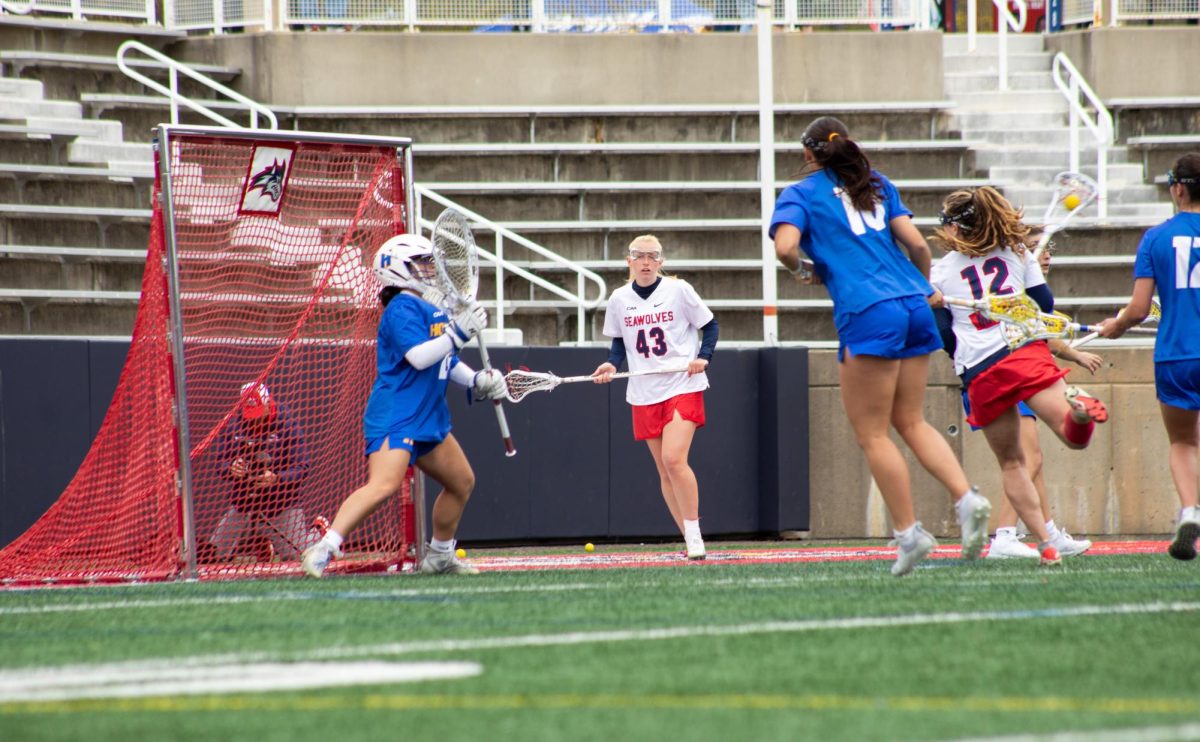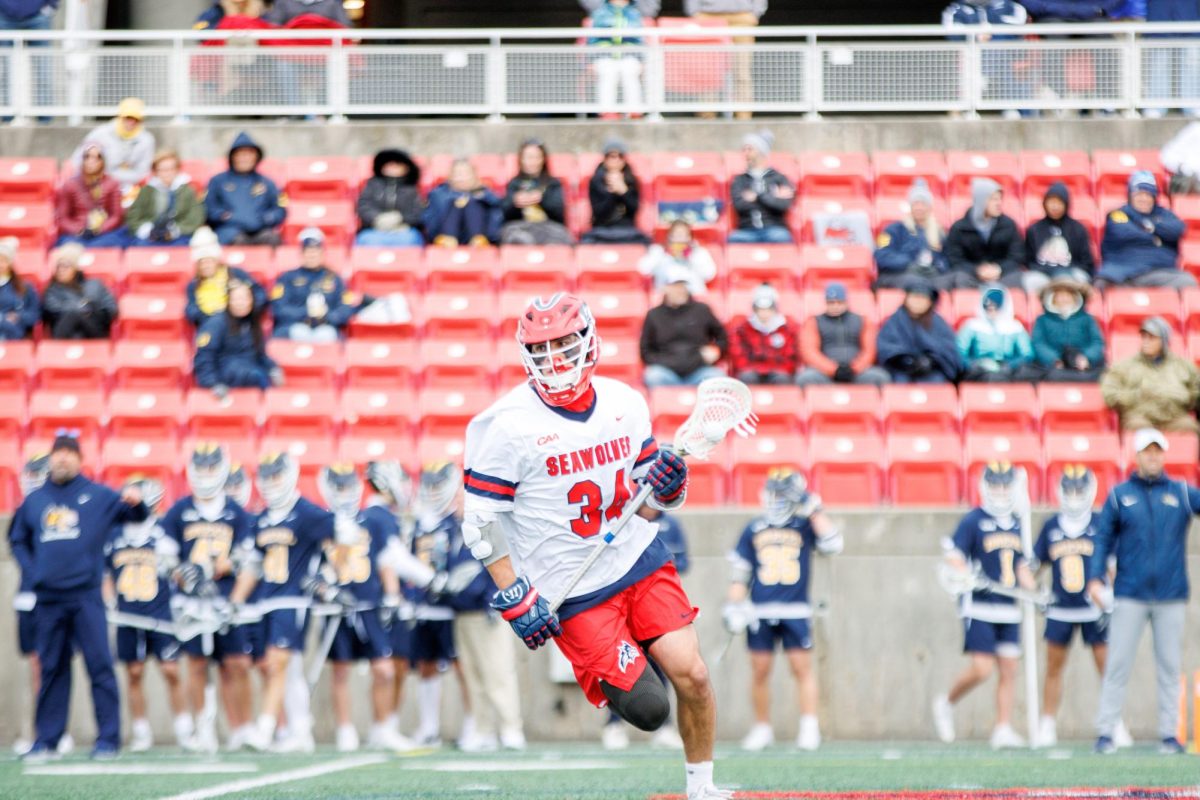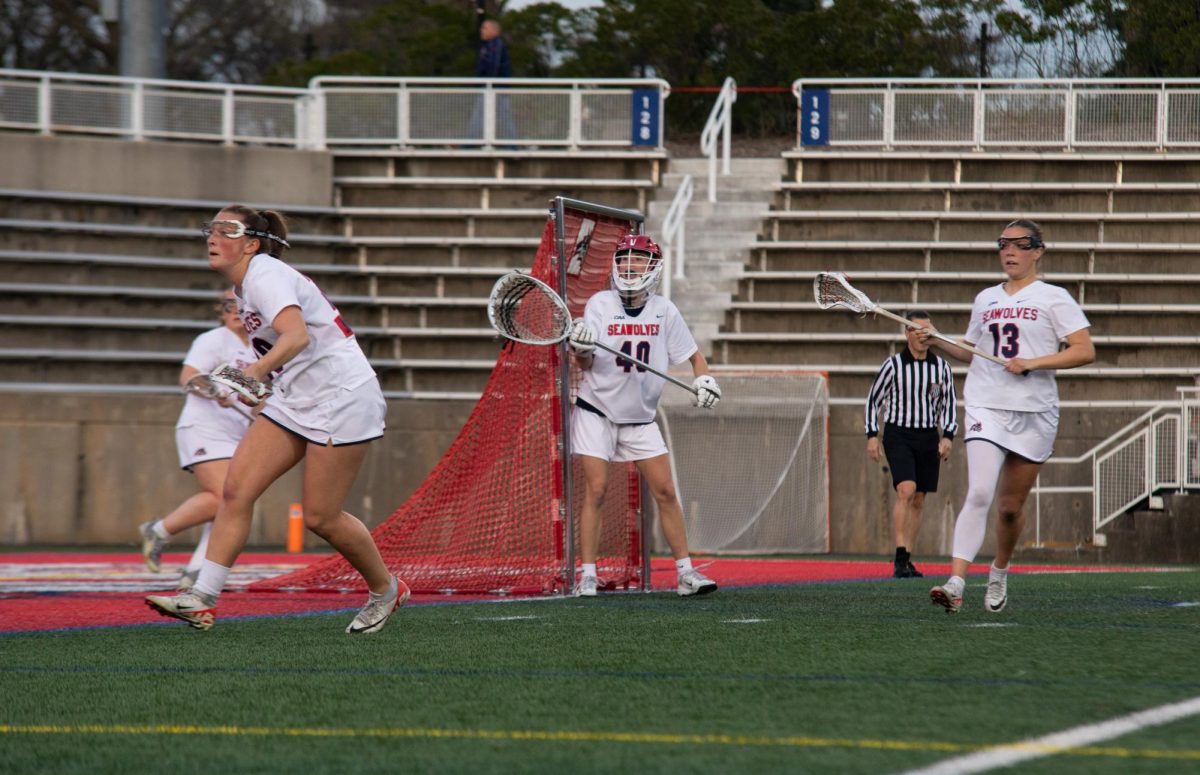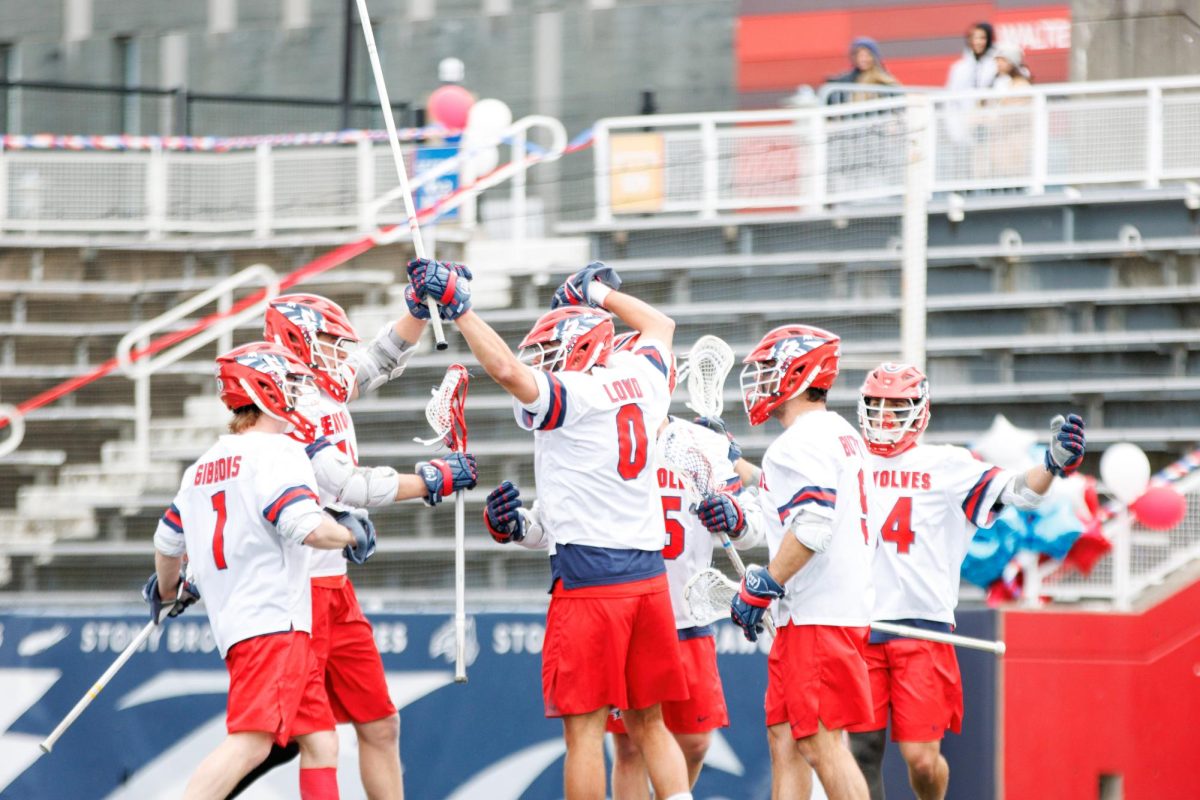Within the basement of the Heavy Engineering building sits the headquarters of Stony Brook’s fastest sporting team, the Mini Baja. The team is run out of the SB Motorsports organization. The event, sanctioned by the Society of Automotive Engineers (SAE), represents an exciting marriage of motor racing and academics.
The competition is held every year between schools from all over the world, with entries coming from as far away as Brazil and Korea. Each school builds up to 2 cars (SB only enters 1), which is entered in as may as 3 events per year. The cars are built entirely by undergraduate students, with the aid of graduate advisors. The students do this in their spare time, and for the first time, students are receiving credit for their senior design project by working on the car. The competition allows them to apply things that they’ve learned in the classroom to a real-world project.
Judging at each event is done in 2 ways: static and dynamic. Static judging evaluates cars based on things like design, driver comfort, safety, and cost effectiveness. Dynamic judging involves the cars’ performances in competition, such as runs on a slalom-type course to test the maneuverability of the cars, as well as a top speed competition. The dynamic events culminate in a 4-hour endurance race, in which teams attempt to complete as many laps as possible. The cars race in almost any condition, with lightning being the only thing that will stop a race.
Competitors in the design competition resemble people working on a prototype vehicle to sell to a company. To this end, the presentation of the car counts. SB’s team has a fiberglass outer body, whereas some teams simply have a lot of sheet metal and duct tape. Under the fiberglass, there is sheet metal, to ensure that if there’s damage to the car, the car’s integrity will not be compromised to the point where it cannot continue.
The team hopes to pick up where they left off last year, finishing 44th overall, and capturing 2nd in the mud bog, an event in which cars must cross a muddy trail as quickly as possible. Their design took 12th. 140 teams had entered the event.
This year, the team will compete in an event in South Dakota shortly after finals week, followed by an event at Rochester Institute of Technology about a week later.
The team receives support from many sources, many of which are on campus. Primary sponsors include USG, URECA, and Polaris. They also receive support from the Mechanical Engineering Department, as well as the College of Engineering and Applied Sciences, which provided the space for the shop. They also have sponsorship from local industrial partners such as Pole Tech and Flagpoles, Inc., produces of lighting poles and flag poles, respectively.
All cars in the competition are powered by a 10HP Briggs & Stratton engine, which teams obtain for only the cost of shipping & handling. They must use the engine for two years. These are spec engines, and are rev-limited. These rules help limit the cost of building a competitive car. There are also numerous safety requirements, including a roll cage built to the SAE’s specifications. Safety is the #1 priority in the competition. Even with the restricted engines, speeds reach 30-40 mph.
SB’s team has competed with as little as $2,000, though the budget varies from year to year. A significant piece of the budget comes from fundraising efforts by the students building the cars. Some schools pour money into the programs, with some teams spending as much as $50,000 on their cars.
Over the past few years, the team has seen numerous technical innovations. For instance, last year, the team built its own gearbox for the first time. It had 2 speeds, as well as reverse, something else it hadn’t had before. Cars without reverse must rely on track marshals to push the car back into position if it should go off course and not be able to right itself going forward. An innovation for this year is the use of a limited slip differential, which will allow the rear wheels to spin at different speeds, which should help to remedy the car’s chronic tendency to understeer, meaning that it doesn’t want to turn when the driver does.
The team’s graduate advisor, Noah Machtay, says that the team is always looking for people, regardless of background or skills. About this year’s car, he said, ‘we hope this will be very competitive.’ He emphasized the great attention to detail that goes into the car’s construction, with the car being completely designed by computer before actually being built.
The team keeps the past two years’ cars online, for comparison purposes when testing improvements. Places to test are scarce, and the use of any prospective testing ground on campus requires the approval of whoever oversees that facility. They tend to test at the Recycling Center.
The team seems poised for a good year, and getting involved is easy. They usually meet every Wednesday from 12:50-2:10 PM (Campus Lifetime) in room 152 of the Light Engineering building.












